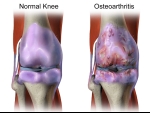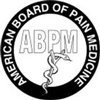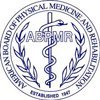Vertebral Compression Fractures
Vertebral Compression Fractures (VCFs) are a common yet often under-recognized source of back pain and discomfort, especially in older adults. These fractures can severely impact quality of life, causing pain, reduced mobility, and decreased daily activities. At Precision Pain Care and Rehabilitation, we provide comprehensive care for patients with VCFs,
























